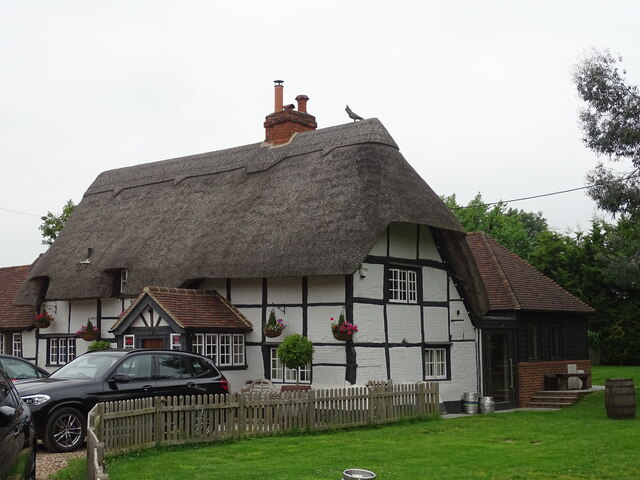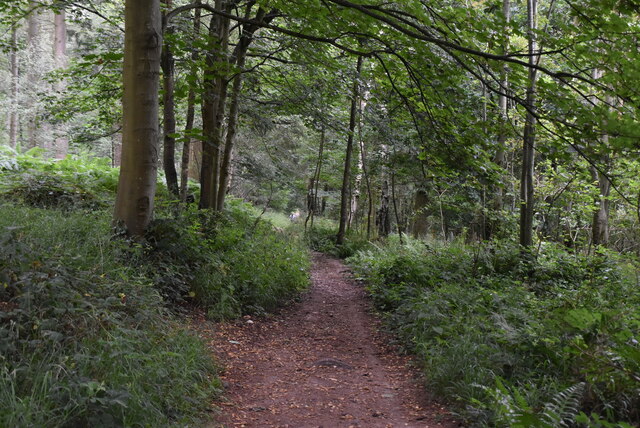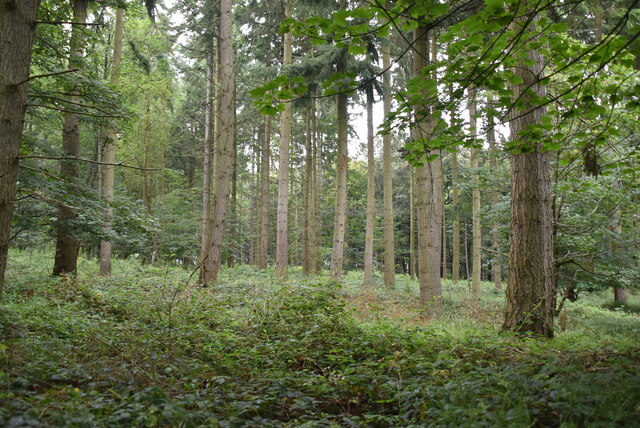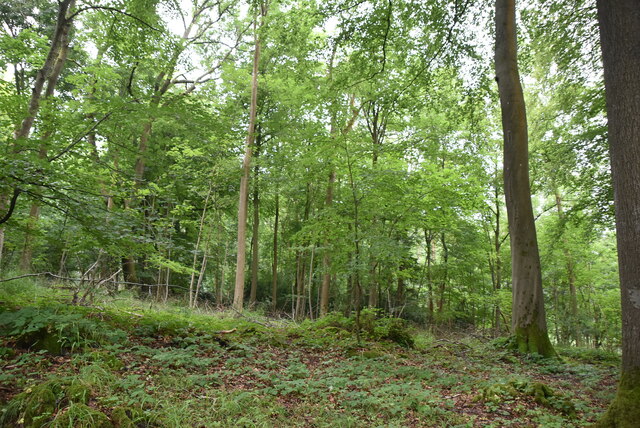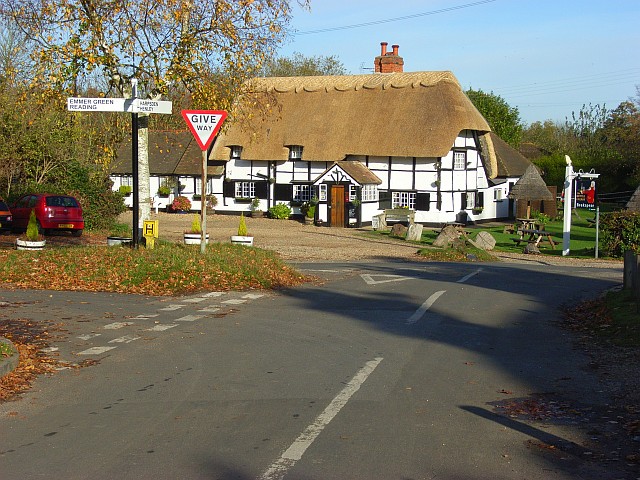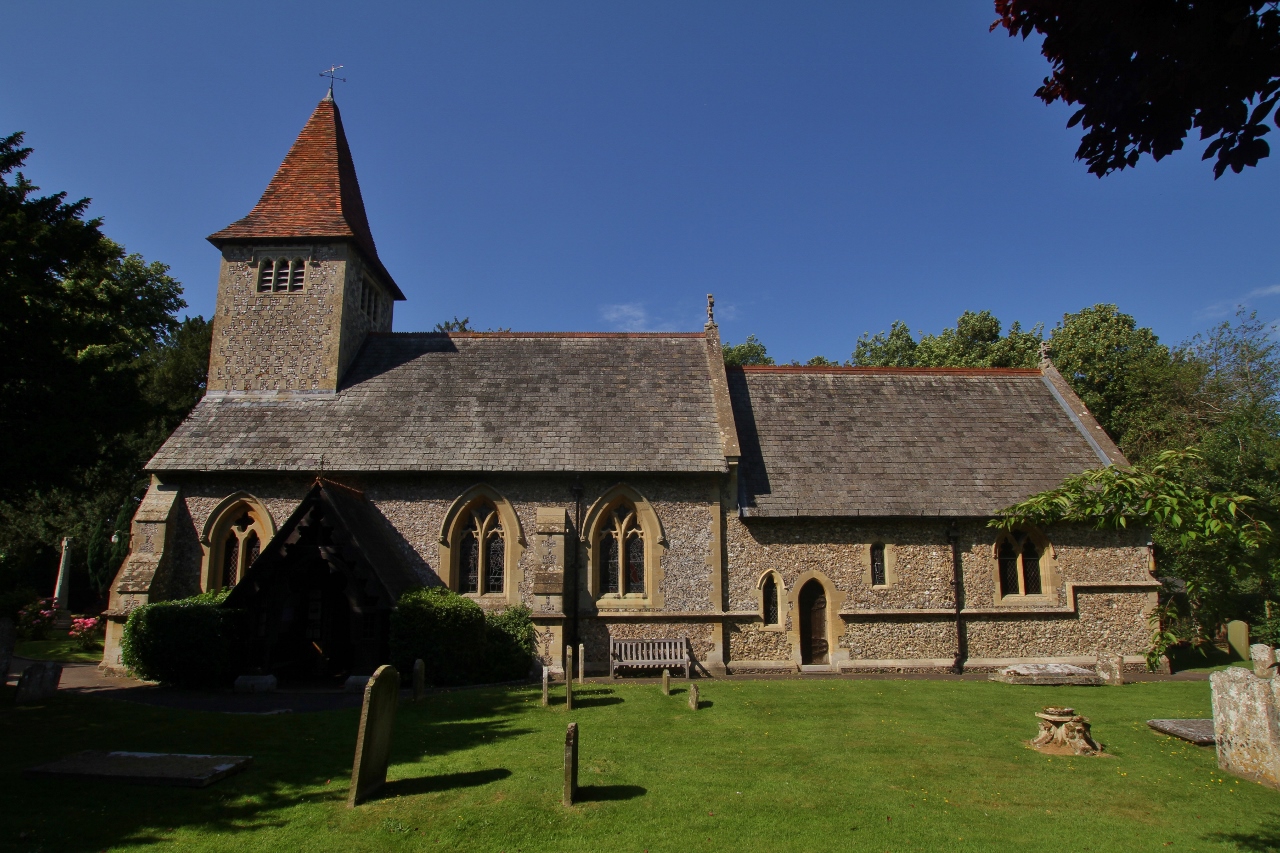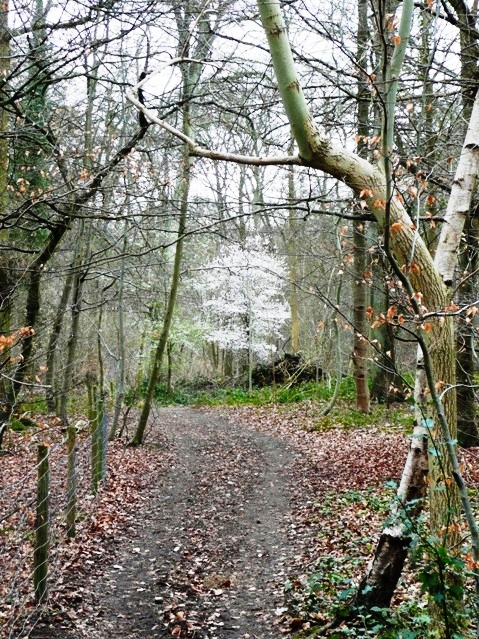Gillsmithers Wood
Wood, Forest in Oxfordshire South Oxfordshire
England
Gillsmithers Wood

Gillsmithers Wood is a charming woodland located in Oxfordshire, England. Covering an area of approximately 50 acres, this forest is a haven for nature enthusiasts and those seeking a peaceful retreat from the bustling city life. The wood is situated just a few miles outside the historic town of Oxford, making it easily accessible for both locals and tourists.
The woodland is known for its diverse range of tree species, including oak, beech, and birch. These majestic trees create a dense canopy, providing shelter for various wildlife species. Visitors often spot squirrels, foxes, and a plethora of bird species, making it a fantastic location for birdwatching and wildlife photography.
Gillsmithers Wood is crisscrossed with a network of well-maintained footpaths, allowing visitors to explore its beauty at their own pace. The paths wind through the forest, offering breathtaking views of the surrounding countryside. During spring, the forest floor is adorned with a colorful carpet of wildflowers, creating a picturesque scene.
The wood also boasts a small lake, adding to its natural charm. It provides a tranquil spot for picnics, fishing, and leisurely walks along its shores. The serene atmosphere and the sound of the rustling leaves make it an ideal place for meditation and relaxation.
Gillsmithers Wood is a cherished local gem, attracting nature lovers, hikers, and families alike. Its proximity to Oxford makes it a popular destination for day trips or a quick escape into nature. With its stunning scenery and abundant wildlife, this woodland offers a rejuvenating experience for anyone seeking solace in the beauty of nature.
If you have any feedback on the listing, please let us know in the comments section below.
Gillsmithers Wood Images
Images are sourced within 2km of 51.516469/-0.94071826 or Grid Reference SU7380. Thanks to Geograph Open Source API. All images are credited.
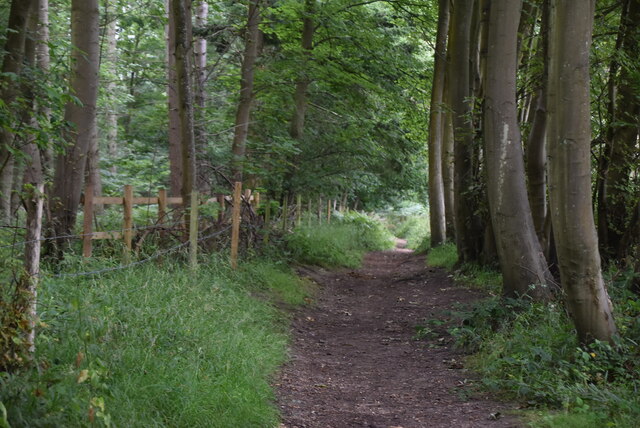




Gillsmithers Wood is located at Grid Ref: SU7380 (Lat: 51.516469, Lng: -0.94071826)
Administrative County: Oxfordshire
District: South Oxfordshire
Police Authority: Thames Valley
What 3 Words
///distracts.grasp.battle. Near Sonning Common, Oxfordshire
Nearby Locations
Related Wikis
Crowsley Park
Crowsley Park is a 160-acre (65 ha) country estate in South Oxfordshire, central-southern England, owned by the British Broadcasting Corporation (BBC)...
Binfield Heath
Binfield Heath is a village and civil parish in South Oxfordshire, England, 2+1⁄2 miles (4 km) south-southwest of Henley-on-Thames and 3+1⁄2 miles (6 km...
Gillotts School
Gillotts School is a coeducational secondary school with academy status in Henley-on-Thames, Oxfordshire, England. The school is sited on a 33 acre verdant...
Rotherfield Peppard
Rotherfield Peppard (often referred to simply as Peppard by locals) is a village and civil parish in the Chiltern Hills in South Oxfordshire. It is centred...
Holmwood, Binfield Heath
Holmwood is a country house in the village of Binfield Heath in Oxfordshire, England. It is situated on Shiplake Row in the village of Binfield Heath near...
Harpsden Wood
Harpsden Wood is a 29.4-hectare (73-acre) biological Site of Special Scientific Interest south of Henley-on-Thames in Oxfordshire. It is owned by the Woodland...
Rotherfield Greys
Rotherfield Greys is a village and civil parish in the Chiltern Hills in South Oxfordshire. It is 2 miles (3 km) west of Henley-on-Thames and just over...
Sonning Common
Sonning Common is a village and civil parish in a relatively flat, former common land part of the Chiltern Hills in South Oxfordshire, centred 3.5 miles...
Nearby Amenities
Located within 500m of 51.516469,-0.94071826Have you been to Gillsmithers Wood?
Leave your review of Gillsmithers Wood below (or comments, questions and feedback).
